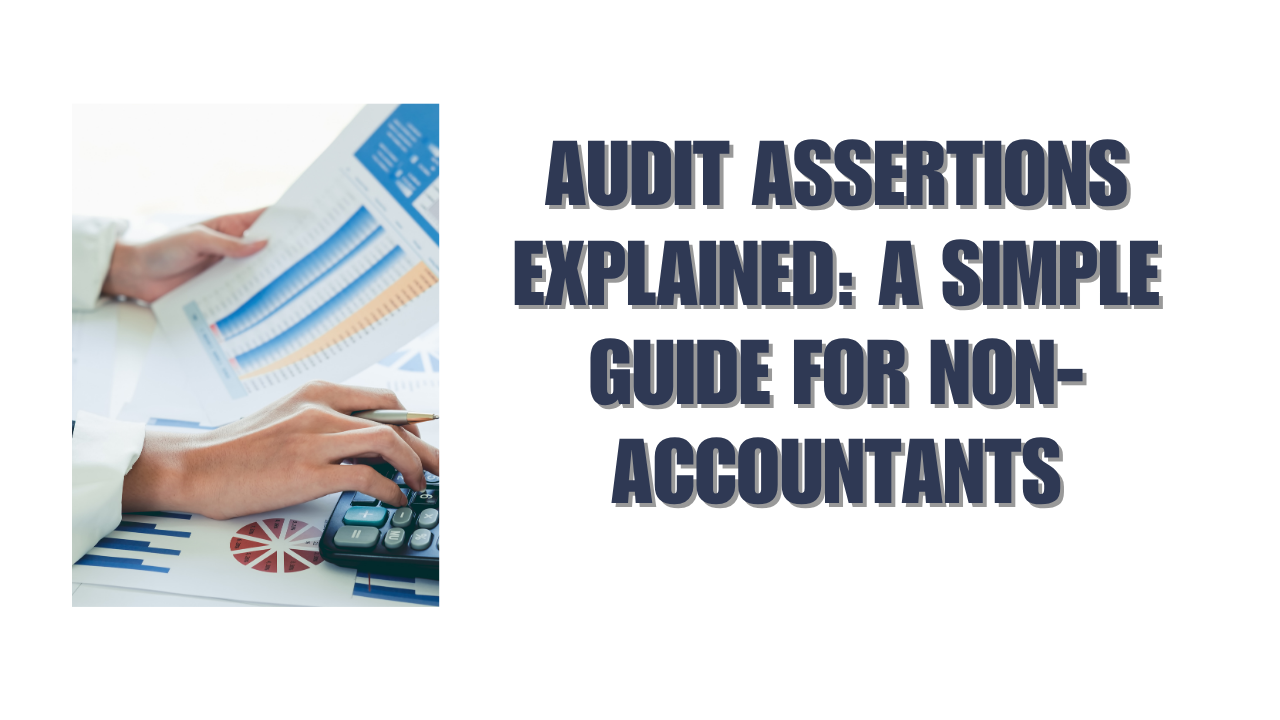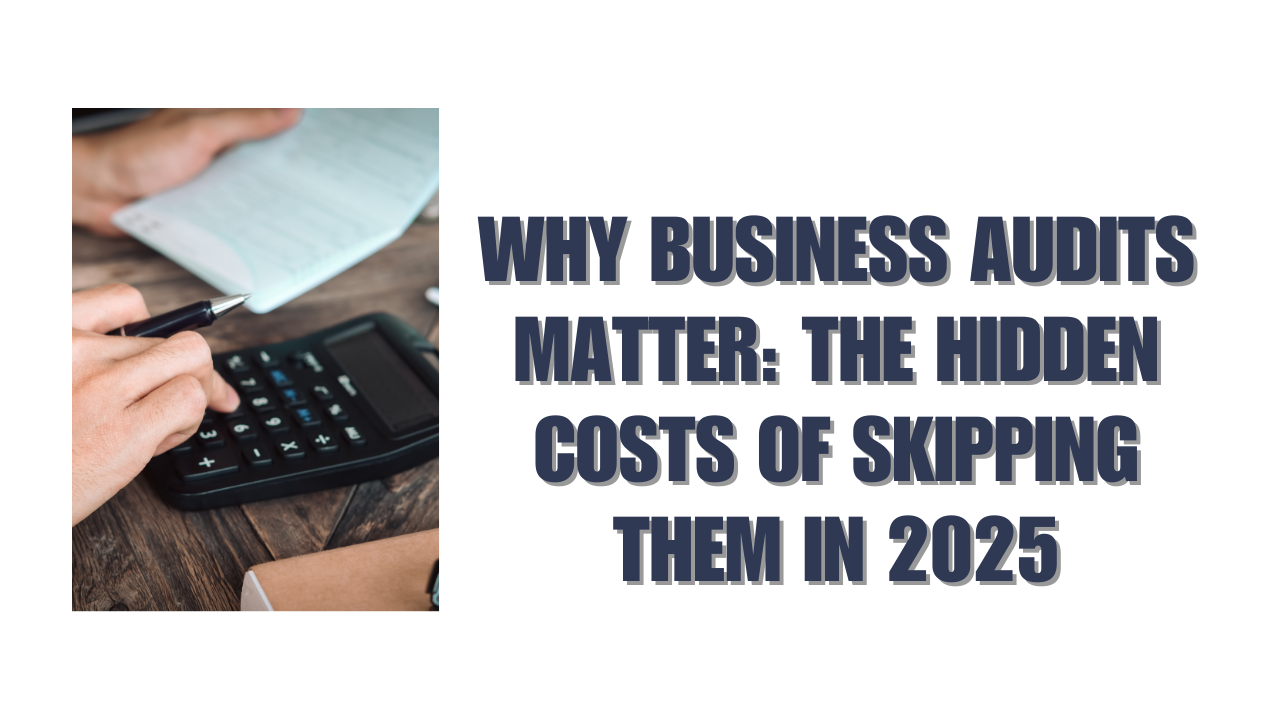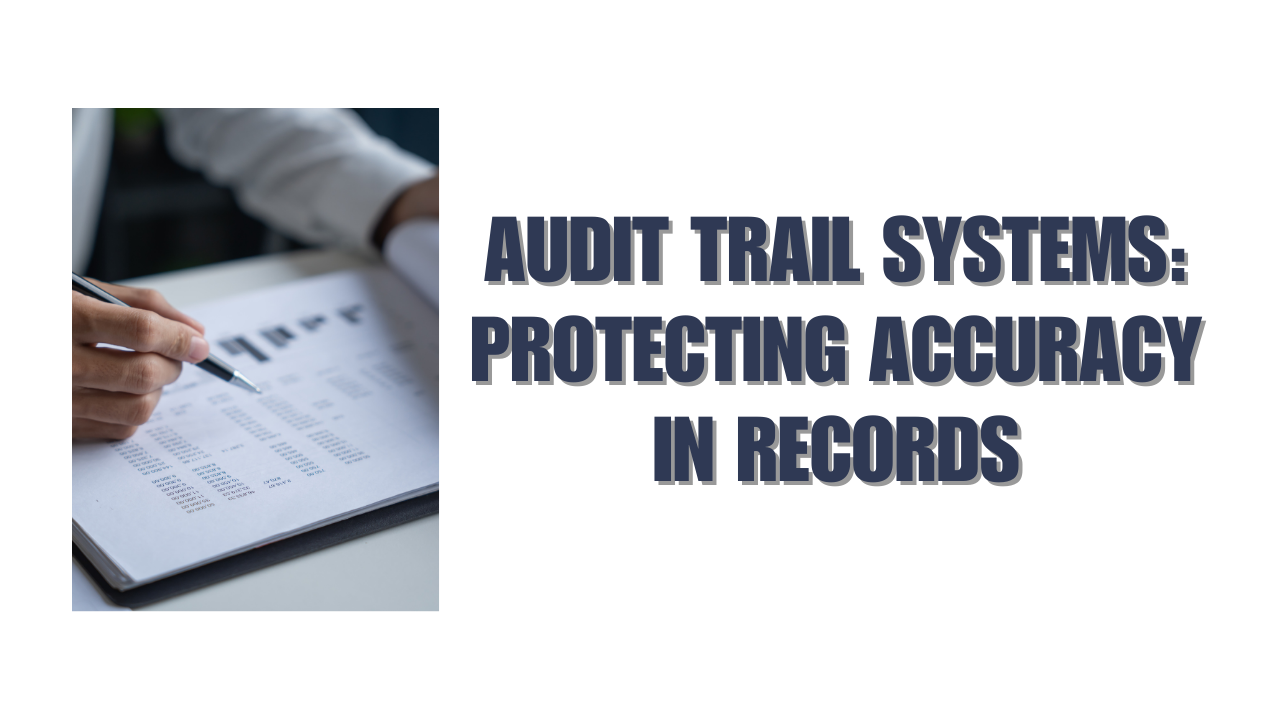Audit assertions may seem like accounting jargon, but they establish the foundation for truthful financial statements. The law requires public companies to conduct annual audits of their financial statements. This requirement makes these assertions a vital part of business operations regardless of company size.
Financial statements cannot be hooked up to a lie detector test to verify their accuracy. That’s where audit assertions step in as the next best solution. These assertions represent management’s certification that their financial statements are complete and accurate. This piece explains audit assertions, their importance, and their role in verifying financial information. We have a long way to go, but we can build on this progress. The audit procedures provide readers reasonable confidence that an entity’s financial statements present its position fairly in all material respects.
What is an Audit Assertion?
Audit assertions shape the entire verification process as life-blood building blocks in financial auditing. Let’s break down these assertions and their importance.
Definition of audit assertions
Audit assertions are claims that company management makes about information in their financial statements. Management makes these statements about financial information’s completeness, accuracy, and validity either directly or indirectly.
Company executives make assertions about transactions, account balances, and related disclosures when they sign financial reports. These claims can be direct (clearly expressed) or indirect (understood but not stated).
Accounting standards state that assertions claim reported figures truthfully present company’s assets and liabilities under applicable standards. These assertions help evaluate if financial statements present information fairly and accurately.
Why audit assertions matter in financial reporting
Audit assertions serve as the life-blood of the auditing process. They give auditors a well-laid-out framework to guide verification procedures.
Risk assessment becomes more effective through these assertions. Auditors can spot areas with higher risk of material misstatement and use their resources better by evaluating various assertions.
These assertions make financial statement preparers accountable. The accuracy of financial reporting would lack a systematic verification method without these formal claims.
Today’s regulatory environment places high value on financial accounting assertions. Financial Accounting Standards Board requires public companies to prepare financial statements following Generally Accepted Accounting Principles (GAAP).
How auditors use assertions to test accuracy
Auditors develop their own audit assertions in response to management’s claims. These guide them to plan and perform procedures that gather evidence supporting or refuting management’s representations.
Assertions and audit procedures share a vital connection. Specific audit procedures get selected based on risk assessment and related assertions. Auditors might check transactions against supporting documents to test completeness.
Standard procedures include checking these assertions’ validity. Audit procedures aim to give readers confidence that financial statements present the entity’s position fairly, though they can’t provide absolute assurance.
Auditors provide independent opinions on management’s financial statement claims by systematically addressing each assertion. This process helps determine if these claims are reliable and accurate.
Types of Audit Assertions Explained
Audit assertions can be grouped into three distinct categories that each play a specific role in financial verification. These categories are the foundations for how auditors review financial information systematically.
Transaction-level assertions
Transaction-level assertions relate to income statement activity and transactions throughout the year. These assertions help verify the accuracy of recorded business events. Auditors must verify five key transaction-level assertions:
Occurrence confirms that recorded transactions actually took place. Auditors might trace sales ledger entries back to invoices and dispatch notes to verify genuine sales.
Completeness will give a clear picture that no transactions were missed in the records. The completeness procedures begin with source documents and trace forward to ledger entries.
Accuracy checks if amounts and data were recorded correctly. This involves recalculating figures and reviewing reconciliations.
Cut-off validates that transactions appear in the right accounting period. This stops manipulation of financial results through incorrect timing recognition.
Classification checks if transactions went to the proper accounts in the general ledger.
Account balance assertions
Account balance assertions focus on balance sheet items and year-end position. These assertions examine four main areas:
Existence checks if assets, liabilities, and equity interests are real at period end. Physical verification and third-party confirmations are common testing approaches.
Rights and obligations validates the entity’s legal title over assets and its responsibility to repay liabilities.
Completeness makes sure all assets, liabilities, and equity interests are included in the records.
Valuation confirms assets, liabilities, and equity interests appear at appropriate amounts.
Presentation and disclosure assertions
Presentation and disclosure assertions cover both transaction and balance assertions. These assertions validate that financial information appears properly organized and explained.
The presentation assertion checks if transactions and balances are clearly described and organized at the right level of detail. Disclosure assertions confirm that related information makes sense and fits within the applicable financial reporting framework.
These three categories of assertions work together to provide a detailed framework to review financial statement reliability.
Breakdown of the 8 Key Audit Assertions
Let’s get into the core audit assertions that are the foundations of financial statement verification. Auditors must test each assertion as a specific claim about financial information.
1. Occurrence
Auditors verify that recorded transactions actually happened. They might cross-check accounts receivable with sales records to confirm a sale’s date or review payroll records to spot unauthorized amounts.
2. Completeness
A complete audit will give a clear picture that all necessary transactions appear in the records. The audit team tests this by checking if all salaries show up correctly, comparing inventory to sales numbers, and reviewing bank statements for proper deposit documentation.
3. Accuracy
The accuracy assertion shows transactions have correct amounts without errors. The team confirms precise salary calculations, checks if statements meet accounting standards, and reviews internal controls.
4. Cut-off
The right timing matters in accounting periods. This becomes crucial for payroll and inventory tracking. Auditors often check shipping documents to verify sales records match the right fiscal year.
5. Classification
Proper account posting stands at the heart of classification assertions. The audit team looks through purchase invoices to check if raw materials don’t show up as IT services and verifies correct salary allocation between production and administrative expenses.
6. Existence
Real assets, liabilities, and equity must back up the records. The team conducts physical inventory checks, confirms accounts receivable balances, and validates bank records against stated account balances.
7. Valuation
Financial statements need accurate values throughout. The team assesses accounts receivable aging reports to check collectibility and conducts physical inventory reviews to confirm proper stock values.
8. Rights and Obligations
The company’s ownership of assets and responsibility for debts must be legitimate. Auditors check bank account ownership, verify asset possession, and make sure business liabilities don’t belong to individual owners.
How Assertions Are Tested During an Audit
The audit process converts theoretical assertions into practical tests by using systematic verification procedures. Auditors create specific procedures that respond to assessed risks at the assertion level based on their nature, timing, and extent.
Linking assertions to audit procedures
Auditors choose approaches that work best for each assertion. They select tests of controls, substantive procedures, or combine both approaches based on their risk assessment. The purpose of an audit procedure helps determine if it should serve as a risk assessment, test of control, or substantive procedure.
Further audit procedures focus on their purpose and type – inspection, observation, asking questions, confirmation, recalculation, reperformance, or analytical procedures. Some procedures naturally match specific assertions. Tests of controls address completeness while substantive procedures target occurrence.
Examples of audit tests for each assertion
- Existence/Occurrence: Physical verification of assets; tracing sales ledger entries to invoices
- Completeness: Selecting customer orders to check against dispatch notes and invoices
- Accuracy: Recalculation of figures; review of control account reconciliations
- Cut-off: Recording last goods received notes at inventory count; tracing to invoices
- Rights/Obligations: Reviewing deeds of title for property; examining loan agreements
Common mistakes and how auditors detect them
Financial statement errors happen when amounts don’t match general ledger figures or assets/liabilities appear in wrong classifications. Auditors spot these issues by comparing financial statement amounts with underlying records. They verify classification accuracy and ensure proper disclosure compliance.
Auditors must express a qualified opinion or disclaim an opinion on financial statements if they can’t get enough appropriate evidence for a material assertion.
Conclusion
Audit assertions may look technical at first, but they act as vital safeguards in financial reporting. This piece explores how these assertions work as management’s claims about financial statements’ accuracy and completeness. On top of that, it breaks down three main categories—transaction-level, account balance, and presentation assertions – that auditors use to verify financial information.
The eight key assertions help us understand what auditors actually test. A detailed framework for financial statement evaluation emerges when occurrence, completeness, accuracy, cut-off, classification, existence, valuation, plus rights and obligations work together. These assertions go beyond theory as auditors test each one through specific procedures to gather enough evidence.
Audit procedures can’t guarantee absolute certainty but are a great way to get reasonable assurance that financial statements represent an entity’s position fairly. Companies take these assertions seriously because they are the foundations of financial statement credibility. Users of financial statements depend on this verification process when making informed decisions about investments, loans, and business relationships.
Note that careful verification happens behind the scenes whenever you review financial statements. Audit assertions turn abstract accounting concepts into practical tests that protect stakeholders and build trust in financial reporting. This systematic approach helps businesses show accountability and gives statement users confidence in their financial information.
Key Takeaways
Understanding audit assertions helps non-accountants grasp how financial statements are verified and why they can be trusted for business decisions.
- Audit assertions are management’s claims that financial statements are complete, accurate, and properly presented according to accounting standards.
- Eight key assertions guide auditors: occurrence, completeness, accuracy, cut-off, classification, existence, valuation, and rights/obligations.
- Three assertion categories cover all bases: transaction-level (income statement), account balance (balance sheet), and presentation/disclosure assertions.
- Auditors test each assertion systematically through specific procedures like physical verification, document tracing, and recalculation to gather evidence.
- Assertions provide reasonable assurance, not absolute certainty, that financial statements fairly represent a company’s financial position.
These assertions form the backbone of financial statement credibility, transforming abstract accounting concepts into practical verification tests that protect stakeholders and maintain trust in financial reporting.
FAQs
Q1. What are the main types of audit assertions?
There are three main categories of audit assertions: transaction-level assertions, account balance assertions, and presentation and disclosure assertions. These cover different aspects of financial reporting and help auditors systematically evaluate financial information.
Q2. How do auditors test audit assertions?
Auditors test assertions through specific procedures designed for each type. For example, they might physically verify assets for existence, trace sales records for occurrence, or review loan agreements for rights and obligations. The nature, timing, and extent of these procedures depend on the assessed risks for each assertion.
Q3. Why are audit assertions important in financial reporting?
Audit assertions are crucial because they provide a structured framework for verifying financial statements. They help auditors identify areas of higher risk, hold management accountable for the accuracy of financial reporting, and give stakeholders confidence in the reliability of financial information.






